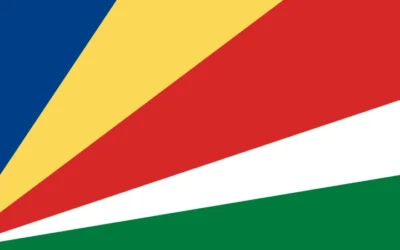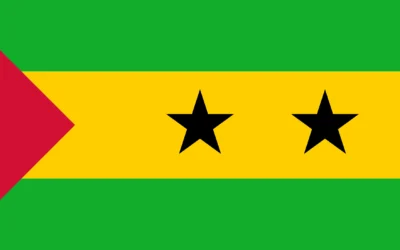Central African Republic Travel Guide
Discover Why You Should Visit the Central African Republic
Why Visit the Central African Republic?
The Central African Republic (CAR) is a destination of raw beauty and unspoiled wilderness. Though it faces significant development and security challenges, CAR is home to some of the most unique wildlife and landscapes in Africa, including rare species and remote, pristine national parks.
It offers a deeply authentic experience for intrepid travelers, particularly in the southwest where parks like Dzanga-Sangha provide safe and accessible ecotourism options in the heart of the Congo Basin.
Ideal for: Wildlife enthusiasts, conservation-minded travelers, rainforest explorers, and those seeking a frontier travel experience.
Must-Know Facts
Capital/Major City: Bangui
Language(s): French (official), Sango (national), and numerous indigenous languages
Currency: Central African CFA Franc (XAF)
Best Time to Visit: December to May (dry season, best for wildlife viewing)
Fun Fact: The Dzanga-Sangha Reserve is one of the best places in the world to see lowland gorillas and forest elephants in their natural habitat
Top Things to Do
Track western lowland gorillas and observe elephants at Dzanga Bai in Dzanga-Sangha
Take a canoe trip down the Sangha River to discover remote villages and wildlife
Visit the capital Bangui to explore local markets, the cathedral, and river views
Engage with Ba’Aka Pygmy communities to learn about forest survival skills and traditions
Experience birdwatching and forest trekking in the heart of the Congo Basin
Local Culture & Lifestyle
CAR’s population includes over 80 ethnic groups, each with its own language, customs, and traditions. Music, storytelling, and dance are vital to community life.
In rural areas, people live closely connected to the forest, relying on traditional knowledge for hunting, gathering, and healing.
Despite difficulties, there is strong cultural pride and resilience among communities, especially in protecting their land and heritage.
Food & Drink Highlights
Street Food: Grilled meats, cassava bread, peanut stew, fufu with sauce
Restaurants: Local eateries in Bangui serving fish, goat, and spicy stews
Drinks: Palm wine, ginger beer, millet beer, tropical juices
Desserts: Fried plantains, cassava cake, sweet banana pastries
Main Dish & Culinary Symbols
Signature Dish: Gozo (cassava paste) served with peanut or leaf sauce and smoked fish or meat
Common Ingredients: Cassava, peanuts, maize, wild game, okra, dried fish, hot peppers
Culinary Culture: Meals are shared communally and use ingredients sourced from forests, rivers, and local farms
Symbols & Icons of the Area
Natural Icons: Dzanga-Sangha rainforest, Sangha River, forest clearings like Dzanga Bai
Cultural Icons: Ba’Aka music and dance, hand-carved wooden tools, traditional masks and storytelling art
Hidden Gems & Off-the-Beaten-Path
Bai Hokou and Mongambe for lowland gorilla tracking
Sangha Lodge for eco-tourism, conservation education, and nature-based experiences
Remote waterfalls and forest paths used by Ba’Aka trackers
Shopping & Souvenirs
What to Buy: Hand-carved wooden statues, traditional musical instruments, woven baskets, natural beads
Where to Shop: Artisans’ stalls in Bangui and crafts sold by conservation lodges in the south
Getting Around
Public Transport: Limited and informal, mostly shared taxis and trucks
Car Rentals: 4×4 vehicles with drivers are essential for regional travel
Tip: Travel outside Bangui requires planning, permits, and often local guides
Walkability: Good in small communities and forest zones but limited infrastructure overall
Travel Tips
Travel with reputable guides and tour companies, especially for visits to national parks
French or Sango are useful for communication; English is rare
Health precautions include vaccinations, malaria prevention, and water safety
Respect local customs, especially in indigenous communities and during traditional ceremonies
Where to Stay
Budget: Guesthouses and local auberges in Bangui and near park entrances
Mid-range: Sangha Lodge and eco-lodges within Dzanga-Sangha Reserve
Luxury: Limited to well-equipped lodges designed for international visitors to the parks
Unique: Forest cabins, riverside huts, and community-run eco-tourism camps
Sample 4-Day Itinerary
Day 1: Arrive in Bangui, visit local markets and cultural sites
Day 2: Travel to Dzanga-Sangha by road or charter flight, check in at lodge
Day 3: Gorilla tracking and elephant viewing at Dzanga Bai
Day 4: Visit a Ba’Aka village, forest walk, and canoe ride on the Sangha River






0 Comments